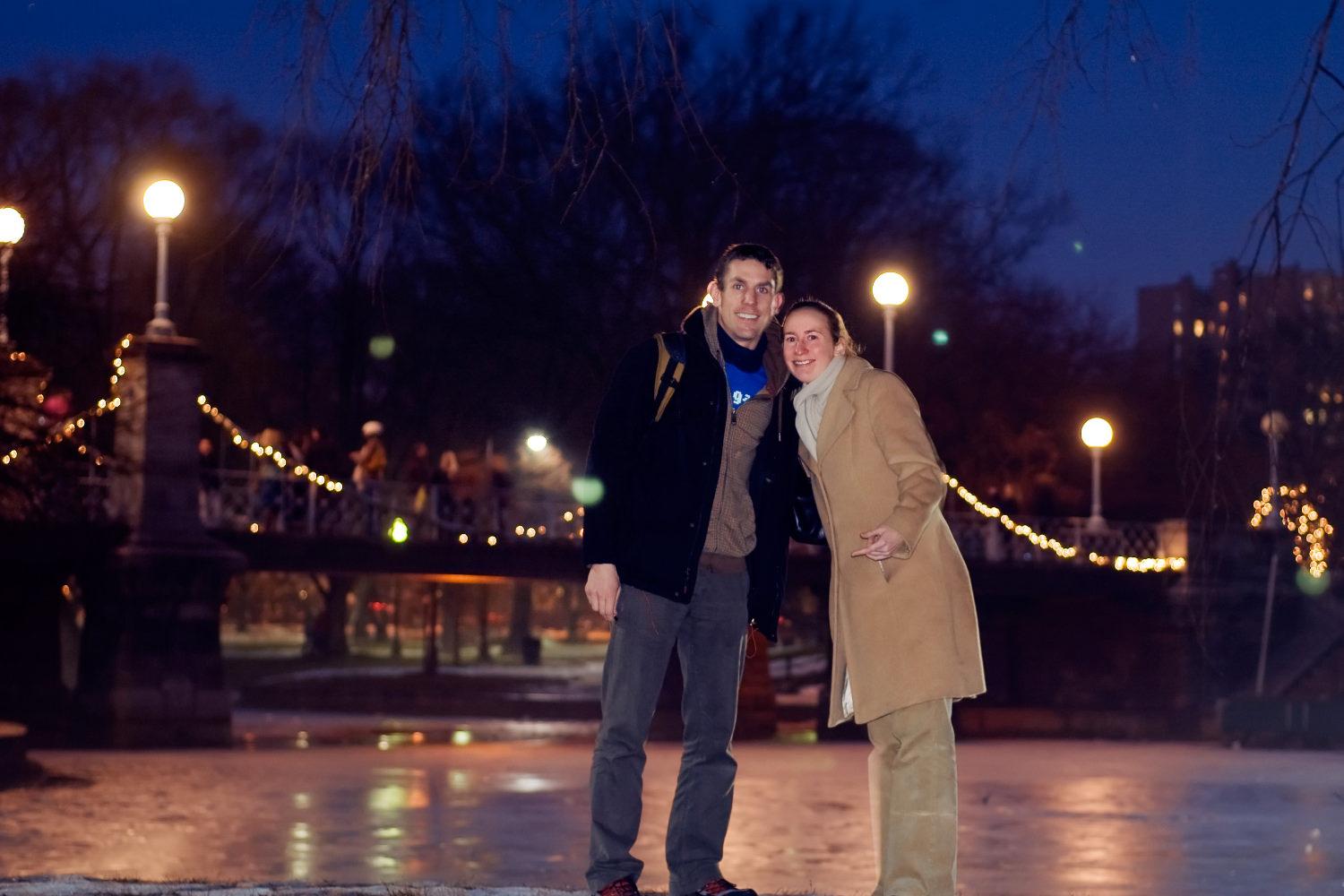Slow sync flash is one of those terms that sounds very technical and daunting. The sort of thing that we amateur photographers tend to shy away from, telling ourselves, "I'll never need that, I'll leave it to the pros."
But underneath the jargon, slow sync is actually very simple and can be extremely useful in certain situations. So take a deep breath and let me guide you through it - it's not as scary as it sounds, and it could help you take your flash photography to the next level.
What is slow sync flash?
Slow sync flash is just a fancy term for using your flash with a slow shutter speed. It helps you keep your subject sharp while capturing motion or a dark background. That's it. Simple, isn't it?
Slow sync flash combines a slow shutter speed with a burst of flash. Image by Yogendra Joshi.
Ok, there is one tiny complication, and that's when you fire the flash. You see, with a normal flash photo, the shutter is only open for a fraction of a second, so the flash is firing for most of your exposure.
With a long exposure, your camera's shutter is open for much longer than the flash is firing - perhaps even several seconds. You can choose whether you want to fire the flash at the start or end of the exposure. Firing the flash at the start of the exposure is known as "front curtain" or "1st curtain". Firing it at the end is known as "rear curtain" or "2nd curtain".
Each of these settings produces a different effect, which we'll discuss in a minute.
When should I use slow sync?
There are a couple of situations where you might want to use slow sync flash.
Low light
Imagine you're taking a photo of some friends standing in front of some scenery at night.
Normally you'd have two choices. You could use your flash to illuminate your friends, but you'd probably end up with a pitch black, underexposed background. Or you could use a slow shutter speed to capture the background, but probably end up with blurry friends. Not ideal either way.
With slow sync flash you can have the best of both worlds. You'd use a slow shutter speed to correctly expose the background, and then a burst of flash to capture your friends in sharp detail.
Slow sync helps you properly expose all parts of your scene. Image by David Goehring.
Because the subjects in the photo aren't moving it doesn't really matter whether you use front or rear curtain sync. Most people tend to use rear curtain, and that's the default setting on most cameras.
Ideally you should use a tripod to keep the background sharp, but you can also get some nice effects by hand-holding your camera. In fact, try deliberately moving the camera around - it will give your photos an abstract, trippy feel which can be interesting in itself.
Fast motion
Slow sync flash is really effective for sports and action photography. It allows you to capture the subject in tack-sharp detail but also get some motion blur in the shot. This gives your image a sense of speed and is much more pleasing than the "frozen" effect you get with normal flash.
Because the subject is moving, the flash curtain setting makes a real difference. Rear curtain is generally your best bet because it will freeze the subject at the end of the motion, with the blur behind them. This results in a photo with a "natural" sense of movement.
Use slow sync to capture motion blur while keeping your subject sharp. Image by Jim.
Front curtain will freeze the subject at the start of the motion, with the blur in front of them. This can look unnatural but it can also be a really interesting effect, so play around and see what you can come up with.
Normally you'll be able to use a much faster shutter speed than with low light photography, so a tripod isn't always necessary. Experiment with different exposure lengths to see how it affects the amount of motion blur you capture.
How do I set my camera to use slow sync?
If you have a DSLR, you should find a slow sync setting somewhere in your menus. It varies depending on the manufacturer, and can sometimes be hidden away in the "custom functions" section, so check your camera's manual.
Compact cameras usually have a slow sync mode, but it's often called something like "party mode" or "night mode". You probably won't be able to change the shutter speed or choose which curtain to fire the flash on, but you'll still be able to get some fantastic shots.
